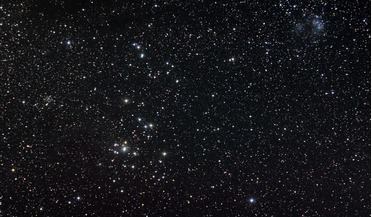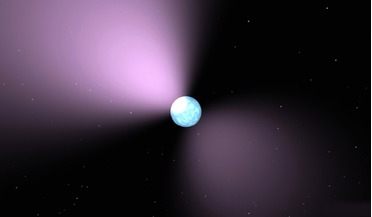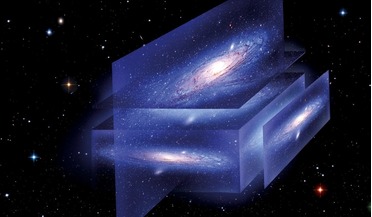 30 November 2018
All of the starlight ever produced calculated by scientists
30 November 2018
All of the starlight ever produced calculated by scientists
... our Moon, some visible stars and the ethereal glimmer of the Milky Way, this is also the reason why the sky is dark at night...are continually created – seven new stars are born in our Milky Way galaxy every year for example – stars are not being ...
 07 October 2020
The Nobel Prize in Physics 2020 awarded to three astrophysicists
07 October 2020
The Nobel Prize in Physics 2020 awarded to three astrophysicists
... of the brightest stars closest to the middle of the Milky Way have been mapped with increasing precision. The measurements of these... inter- stellar gas and dust to the centre of the Milky Way. Stret- ching the limits of technology, they refined new...
 September 2017
Telescope targets enigmatic deep space mystery
September 2017
Telescope targets enigmatic deep space mystery
... the line-of-sight. The magnetic field of the Milky Way has been mapped extensively using this method with pulsars...few milliseconds and have dispersion measures well in excess of the Milky Way’s contribution. The key to progressing in the field of ...
 October 2020
Learning from alternative universes
October 2020
Learning from alternative universes
...not see them anymore, but everything in the local group (the Milky Way and its neighbours) would remain just like it is. We wouldn... a vast storehouse of knowledge about the solar system, the Milky Way and the universe. The path ahead Now that we know...
 April 2024
Rotation in the Universe
April 2024
Rotation in the Universe
... not clear that we do. Taking our own galaxy, the Milky Way, as a specific example, it would seem reasonable to ask...precisely because it is not rotating in the same plane as the Milky Way. Moreover, rather than zooming past us and off into space, M31...
 22 December 2016
Faint signals of water in the nearby Universe can now be detected by ALMA
22 December 2016
Faint signals of water in the nearby Universe can now be detected by ALMA
...billions of years ago to mapping the gas and dust in the Milky Way and other galaxies and even to analysing gas from an erupting ...region of star formation close to the centre of the Milky Way in the constellation Serpens. "The major challenge has been...